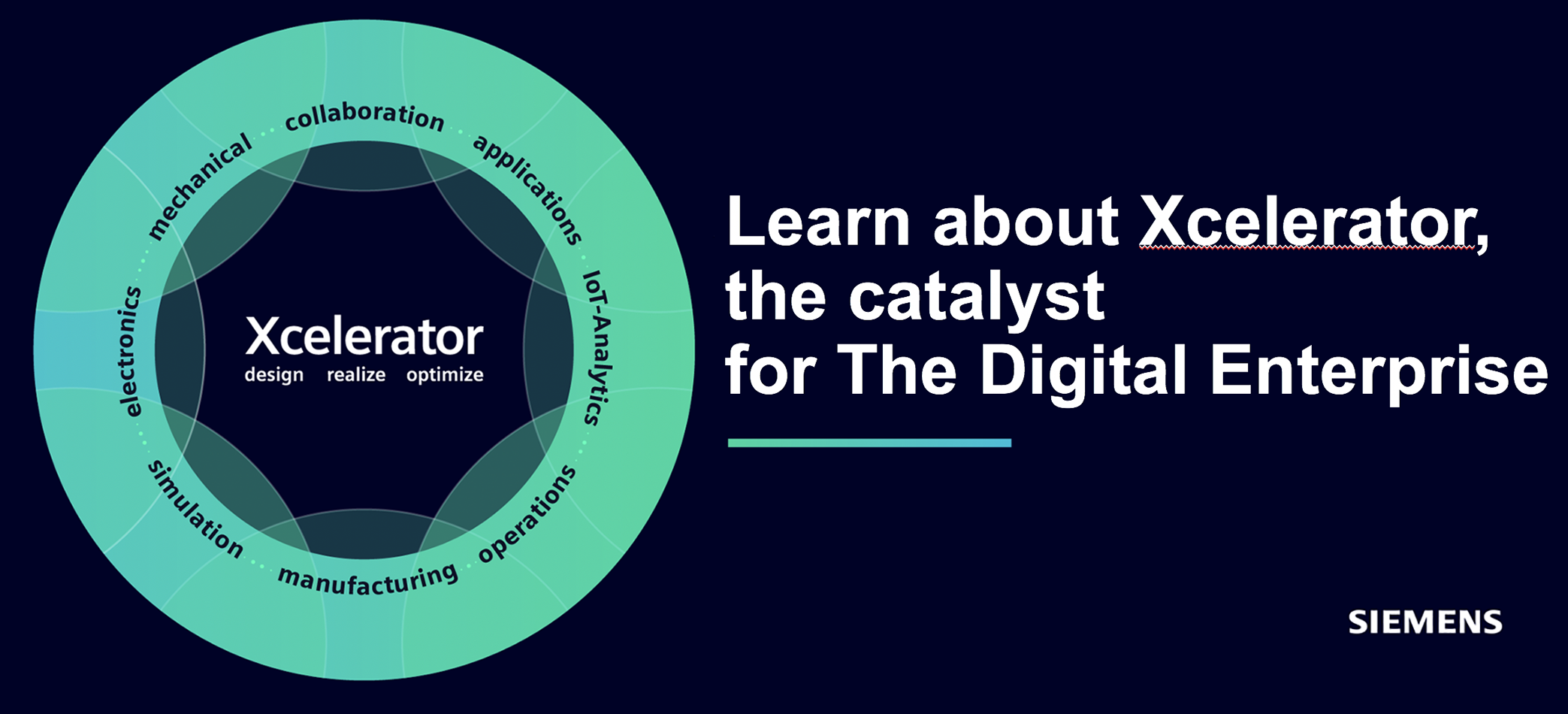Big things, then, that could eventually make quantum computing a practical tool for tackling challenging real-world problems.
”Exactly,” says Janssen. “This is a significant contribution to the field of applied quantum computing that also underlines Altair’s commitment to cutting-edge technologies.”
Additionally, it is interesting to note that Altair generally has been a outstanding proactive player in CAE, HPC, AI and other areas. Partly so by its acquisitions, partly due to organic internal development effeorts.
Notably today’s quantum research is the latest in a series of developments catalyzed by Altair’s venture into quantum computing. For example, Altair has also invested in Riverlane, a company that specializes in making quantum computing more robust and practical by solving quantum error correction (QEC) challenges. Riverlane, headquartered in Cambridge, U.K., was founded in 2016 and is known for Deltaflow, a unique QEC stack that helps quantum computers reach sufficient scale to execute the first error-corrected quantum applications.

Algorithm for quantum computational fluid dynamics
Having said that about Altair, let’s take a closer look at the research that is the subject of this article.
The goal of the project was to develop an algorithm for quantum computational fluid dynamics (CFD) using the Lattice Boltzmann method (LBM). By making classical CFD compatible with quantum mechanics, users can leverage the superior processing power of quantum computing for simulations that are exponentially faster and potentially more accurate than classical computations.
Due to its potential to exponentially increase computational speed and enable more complex simulations, quantum computing is expected to have a significant impact on product development in many industries, namely healthcare, finance, and natural/life sciences.
”This is an important discovery for both our team and the Altair researchers, one that has the potential to open a new dimension of quantum computing,” says professor Nikolaus Adams. He added:
”We have presented the building blocks for a new generation of quantum computing algorithms, which will hopefully bring more practical quantum computing applications to the forefront in both industry and academia.”
Design of quantum circuits
As discussed in a similar paper by the same group of researchers, today’s quantum computing algorithms are developed at the deep machine level by designing quantum circuits. Classical CFD is non-uniform and non-linear, while quantum formulations are uniform and linear. The research found a uniform transformation for classical CFD, in addition to developing a machine learning method for the non-linear aspect.
The article in Computer Physics Communications was authored by David Wawrzyniak of the Technical University of Munich, Josef Winter, Steffen Schmidt, Thomas Indinger and Nikolaus A. Adams, along with Janssen and and the company’s former chief technology officer, Uwe Schramm.
All quantum computing was performed at the Leibniz Supercomputing Centre, near Munich, Germany, on the Atos QLM system.






